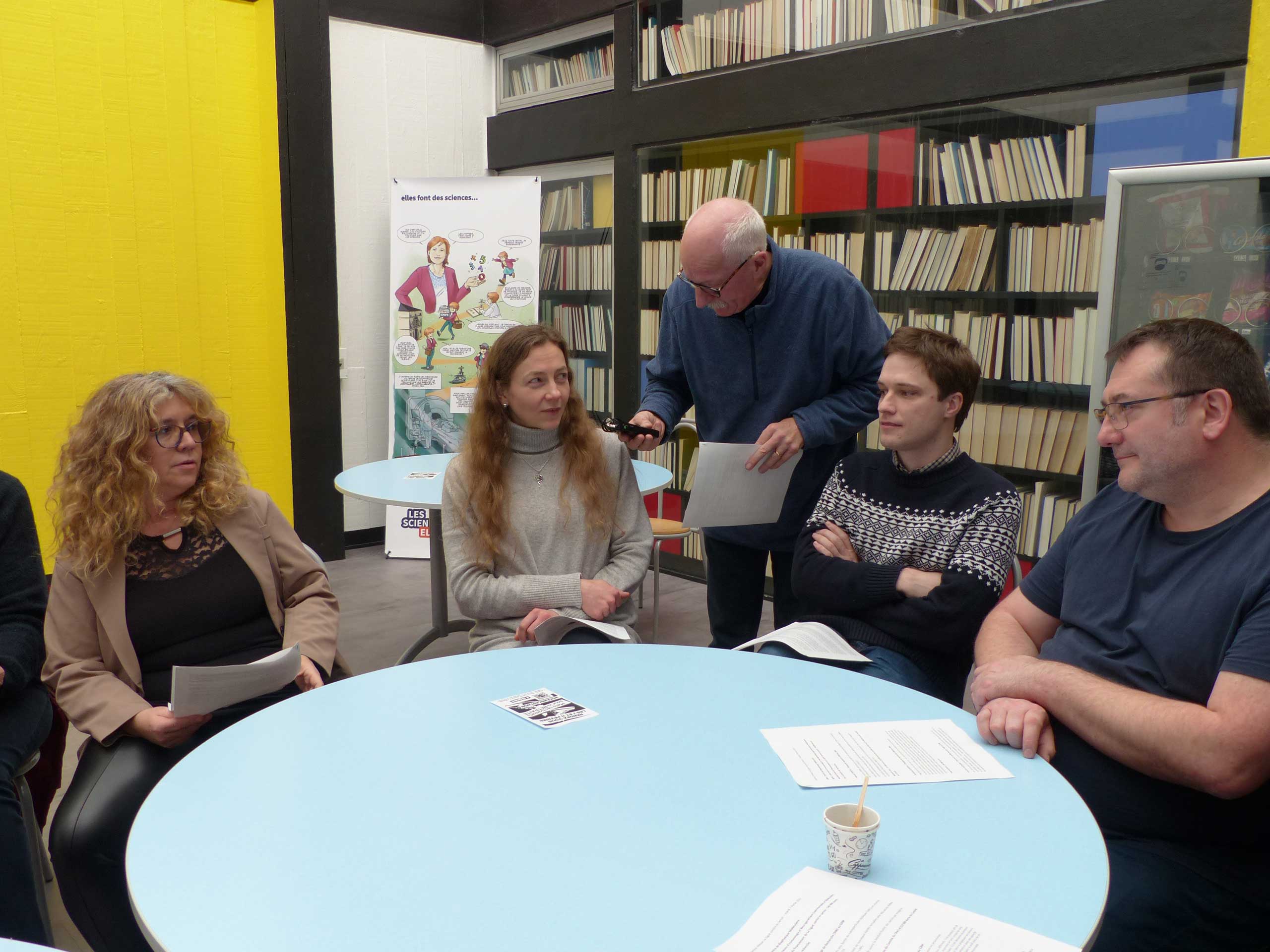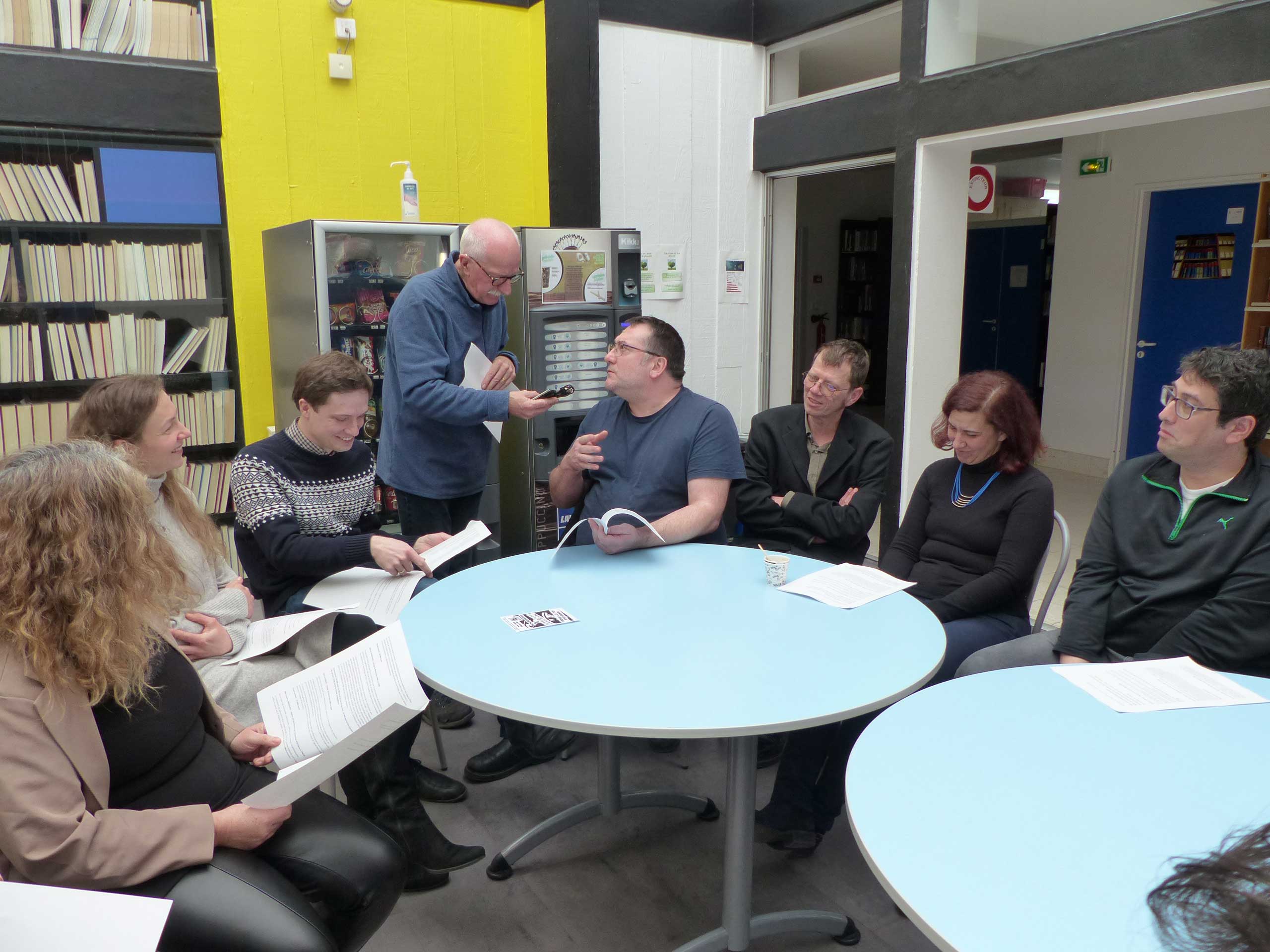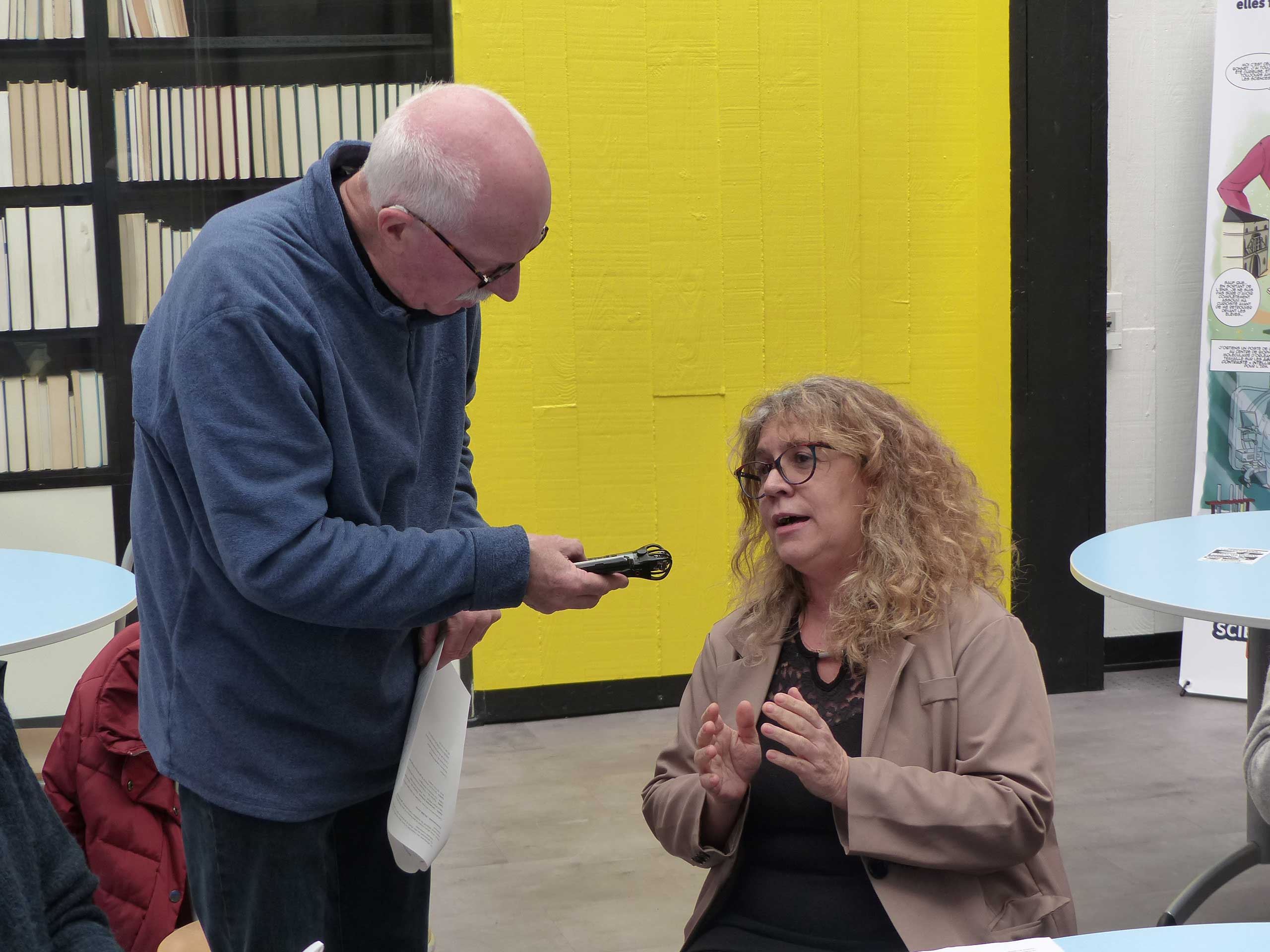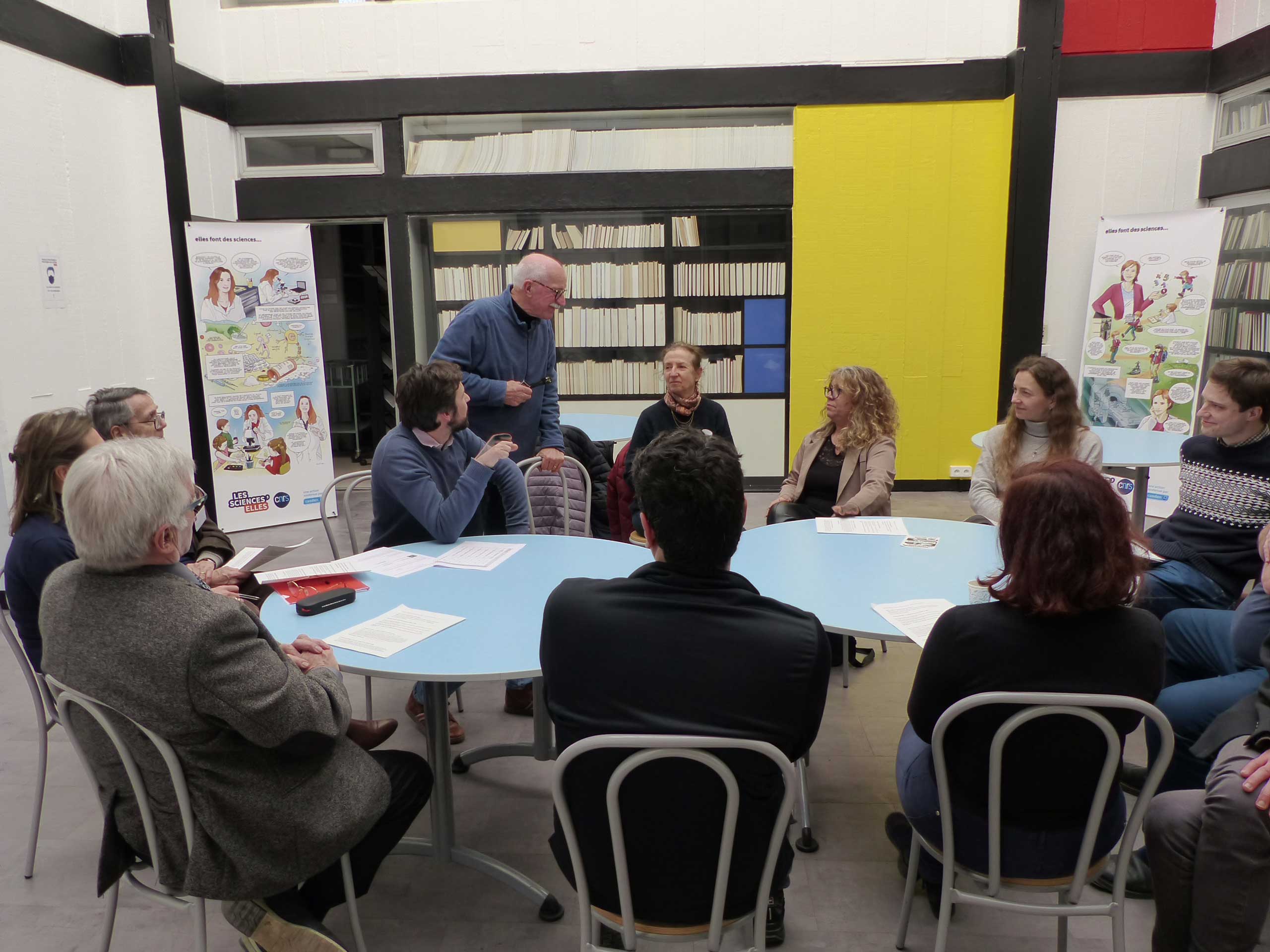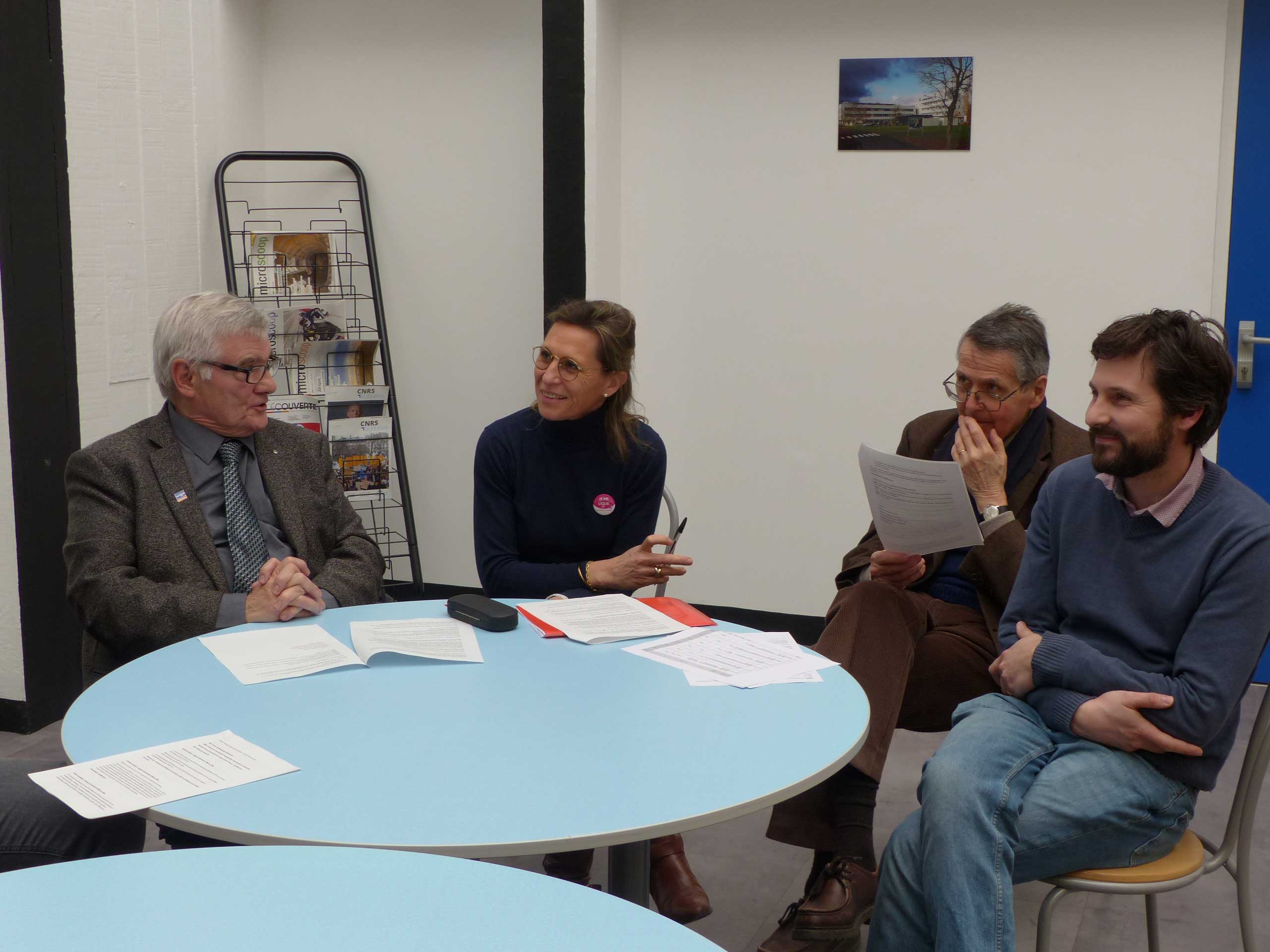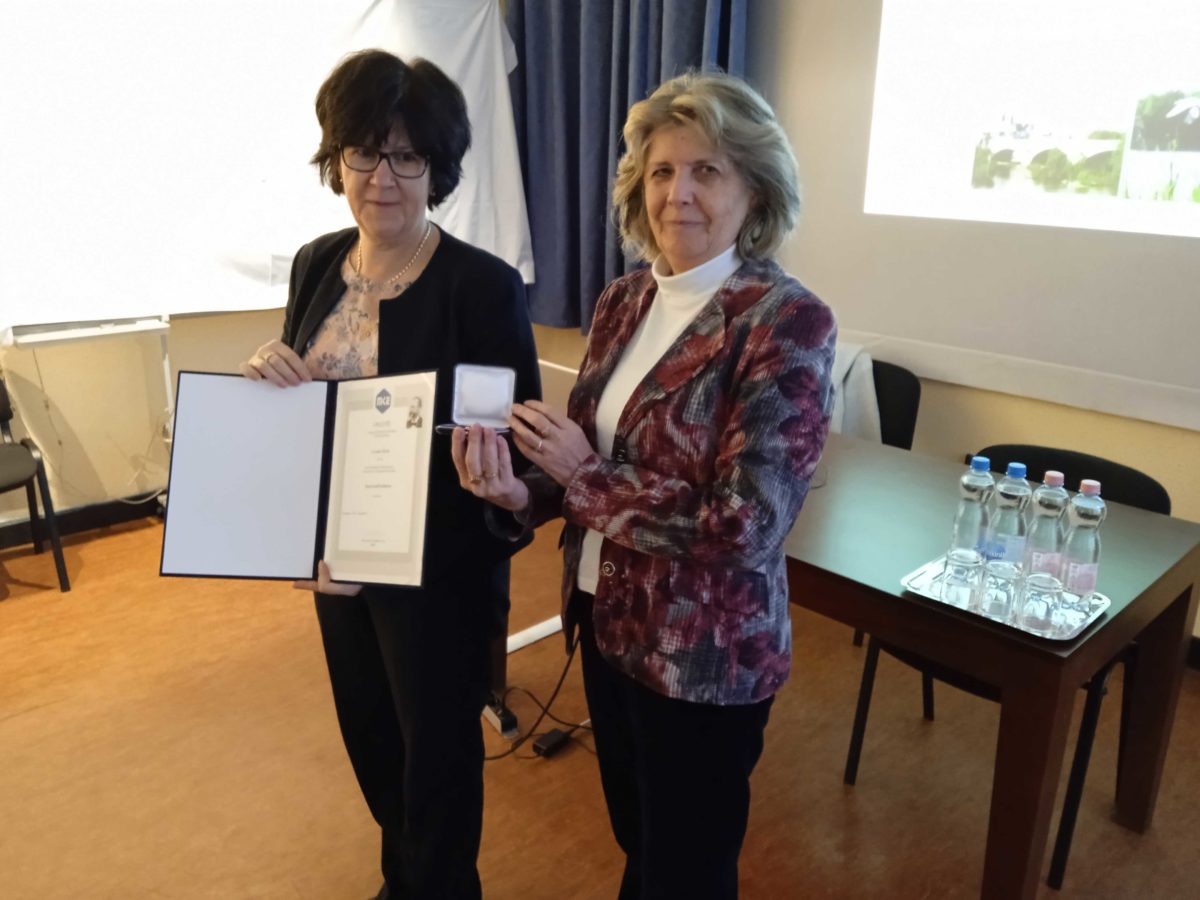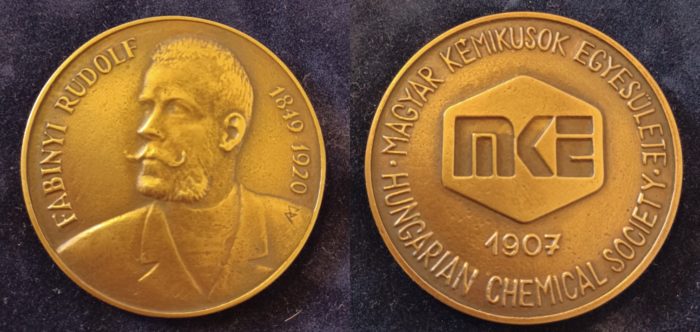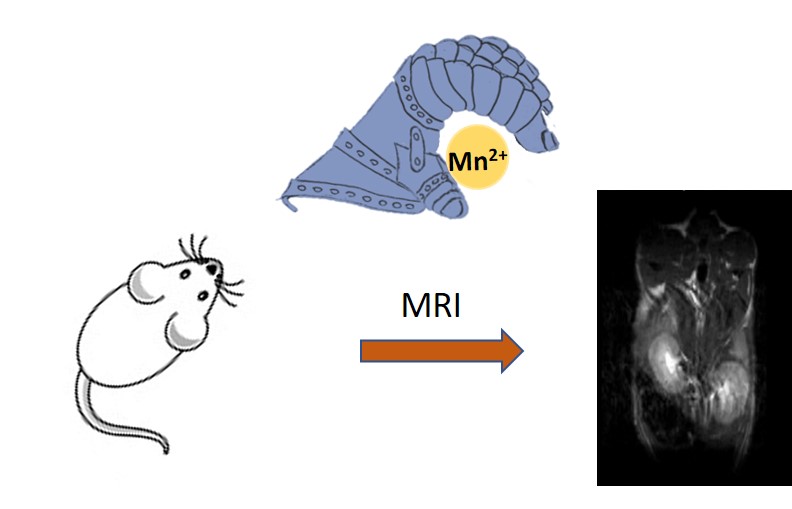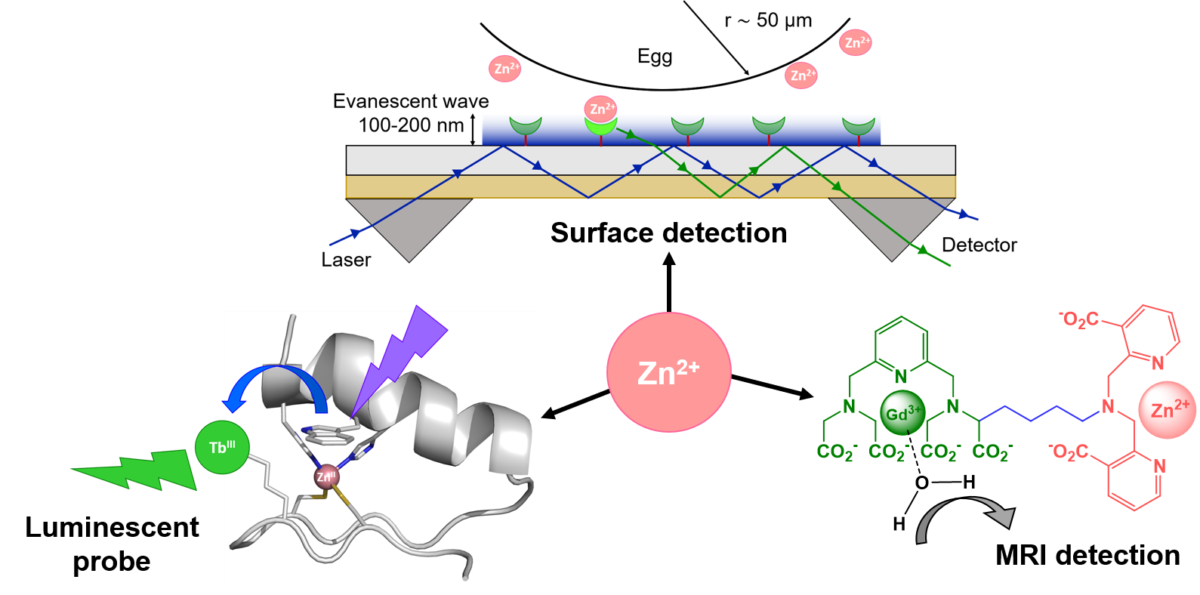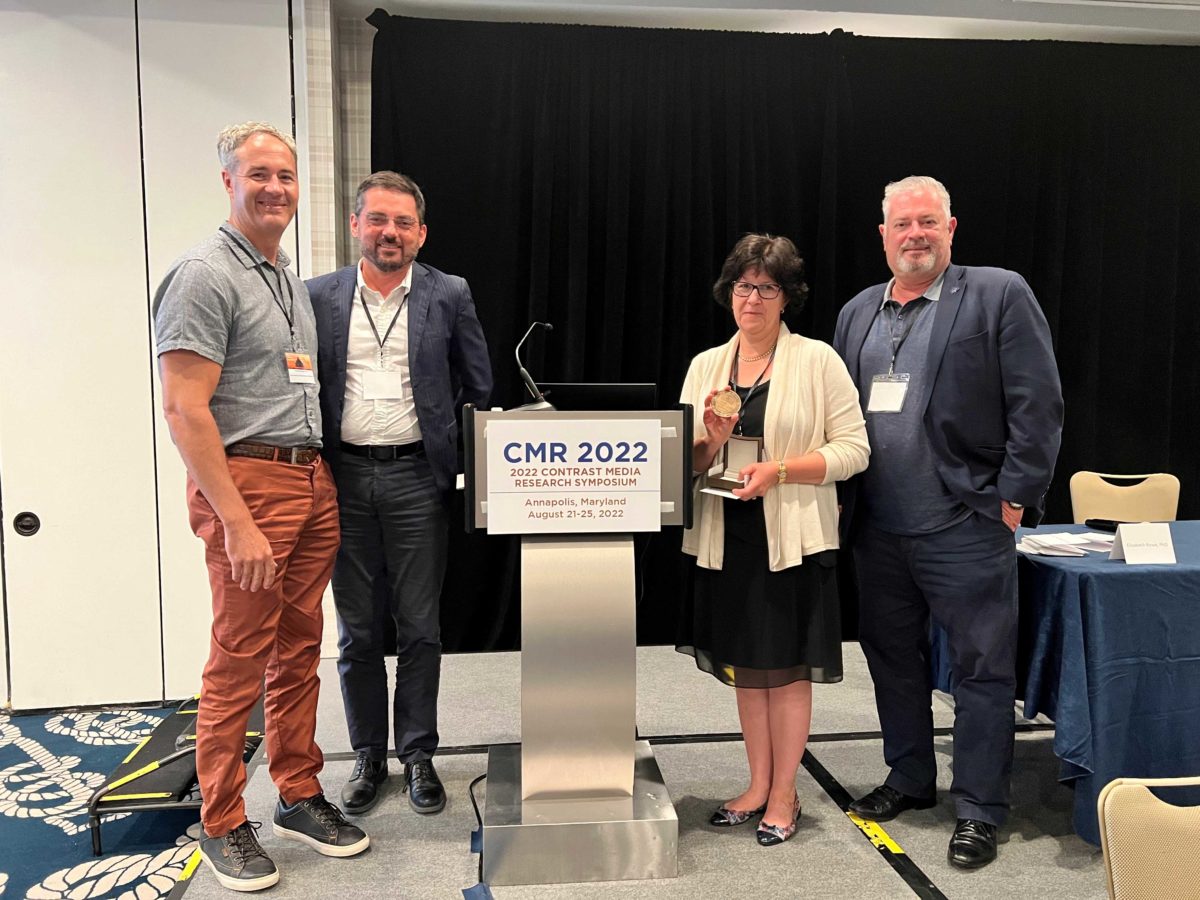The committees of the Grand Ouest Cancer League bringing together Brittany, Pays de la Loire, Centre-Val de Loire and Poitou-Charentes pool their resources to support cancer researchers.
On Tuesday 7 February at the CBM, La Ligue contre le cancer officially presented a check for €146,000 to support 6 teams of researchers from the CBM and the INEM (Laboratory of Experimental and Molecular Immunology and Neurogenetics). The projects supported aim to quickly achieve concrete results for the benefit of patients.
The committees of Loiret (represented by its volunteer Administrator, Doctor Jean-Louis Vaur) and Eure-et-Loir (represented by its volunteer Vice-President Mr. Jacques Dautreme) were present. The Loir-et-Cher, Cher and Morbihan committees, which are also funders, could not be present but indicated that they were happy to be able to contribute to the financing of regional research.
Mr. Jean-Marc Schneider from La République du Center came to immortalize this moment by going around the table allowing everyone to present their project as well as the benefits and progress to come.


